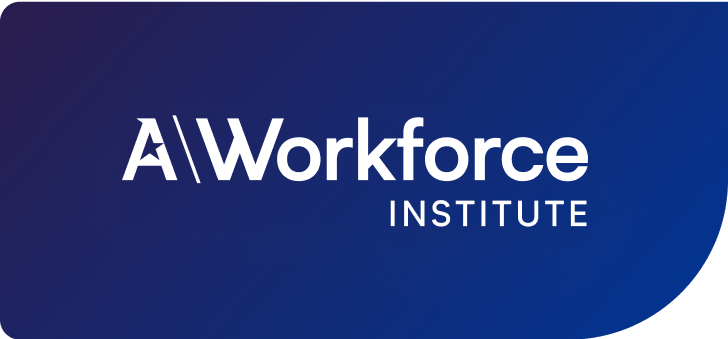Workforce Institute Culture of Belonging at Work
Updated on February 27, 2024

This resource is brought to you by:
Topics Covered:
Belonging and DEI
What is belonging, why does it matter, and how can you create a culture of belonging at work?
In the past year belonging at work has become an increasingly popular topic of conversation for HR and business leaders. In fact, it ranked as a top topic on the Deloitte 2020 Global Human Capital Trends survey, with 79% of organizations considering it important for their success.
But what is belonging at work and how can you as a leader cultivate a culture of belonging that positively impacts your employees? That’s what we answer in our latest research report: the 2021 Culture Report on Belonging at Work.
What is belonging at work?
The Achievers Workforce Institute (AWI) defines belonging as an experience of connection, security, and community — it’s about feeling at home in one’s place, without reservation.
Our research shows that individuals who feel a sense of belonging at work have higher overall employee engagement. More specifically, those who feel a deep sense of belonging at work are more likely to experience greater job satisfaction, better mental health, higher levels of productivity and lower levels of both fatigue and emotional exhaustion. Belonging is proving to be a critical driver of employee and business performance.
With our own research-backed AWI Belonging ModelTM in hand, we set off to test that model with a research study soliciting input from more than 3,500 employees around the world.
What we discovered was a profoundly strong business case for cultivating a culture of belonging, using the factors of the AWI Belonging ModelTM. Indeed, we found that employees with a strong sense of belonging were more engaged, productive, resilient, and satisfied but it wasn’t enough for us to simply say “this matters”. As a research institute and trusted advisor to organizations around the globe, we also needed to answer the question, why does it matter and how do we get there?
Our research confirmed that employees experience a deep and compelling sense of belonging when they feel: welcomed, known, included, supported, and connected the pillars of the AWI Belonging Model.
How do you build belonging at work?
- Welcomed – introduced to, and incorporated within, the organizational culture and community
- Known – understood, motivated and celebrated as an individual
- Included – valued and accepted without reservation
- Supported – consistently and meaningfully nurtured and developed
- Connected – developing and maintaining relationships across a diverse population
When organizations strategically and tactically provide those supportive elements to their employees, they ensure a rich and powerful sense of belonging across their companies. It’s likely that many of the HR tools and programs you already have in place support one or more of these Belonging Model pillars. In fact, these pillars offer a clear framework for assessing your HR technology and training, ensuring that your tools and support systems are working to foster a sense of belonging at every step, every day, for every employee.
Learn more about each pillar and how you can introduce and drive belonging at work in your organization in this years Culture Report on Belonging at Work.
The Belonging Blueprint
Watch the new Belonging Blueprint report from AWI for 60+ pages of business case, levers, toolkits, and more to accelerate belonging at your organisation no matter where you are in the journey.
Read now
Join our mailing list
Stay up to date with the latest in workforce science from Achievers Workforce Institute.